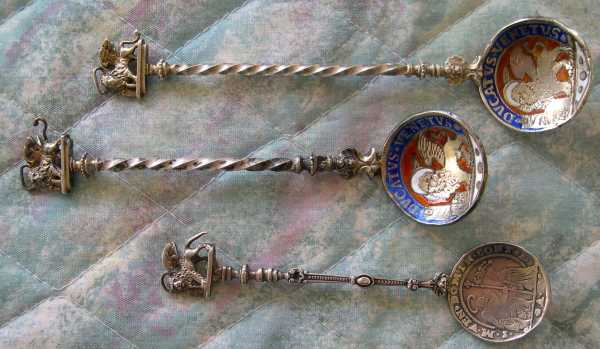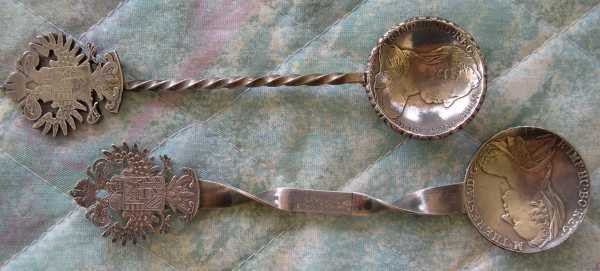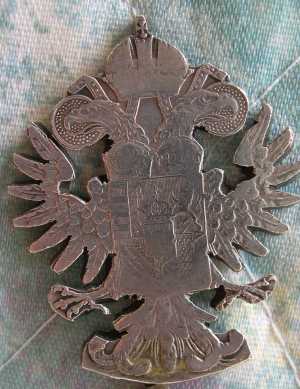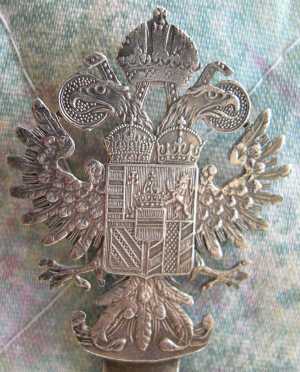Early civilizations rapidly learned that coins would enable commerce.
These early coin producers often used gold and silver to produce these coins.
This was a wise choice. Gold is hard to acquire and will last indefinitely.
At the time it was not possible to fake it and it could also be easily worked with primitive tools.
In addition it could also be easily subdivided into small parts.
Silver was more readily available than gold, but also possessed many of these same qualities.
Silver coins became the choice for everyday type activities, while gold was used for larger transactions.
However, both gold and silver have a problem. Neither is strong enough to be used in coins as a pure product.
However, clever craftsmen learned that by mixing in a little copper into the gold or silver they could make
coins hard enough to withstand the rigors of use.
However, the value of both gold and silver was very high as compared to the value of human labor.
Both governments and individuals soon learned that they could steal a little bit from each coin and thus
create new coins (today our government still does this with paper currency and we call it inflation).
A few times in history, certain coins were minted which gained a world wide reputation and literally became
WORLD CURRENCIES and were generally accepted outside the area where they were produced. Today,
the undoubted world currency is the US dollar, but that has only been true since the end of WW11.
VENETIAN DUCAT
The Venetian Ducat was first introduced as a gold coin around 1300. By the middle ages it had gained a great following around the world and was extensively used for commerce in different countries. The silver ducat also gained great use throughout Europe and its trading partners. Many countries tried to imitate the Venetian ducat with limited success.

These spoons all have the St. Marks lion finial with purported ducat coins. Despite extensive searching I have not been able to find
another picture of this coin (yet I have three of them). It is possible that these were simply made for the tourist trade, but they certainly look
like legitimate old coins.
Maria Theresa Dollar



The Maria Theresa thaler is a silver bullion-coin that has been used in world trade continuously since it was first minted in 1741. Named after Empress Maria Theresa ( Austria, Hungary, and Bohemia from 1740 to 1780). The coins are always dated 1780, but were most likely minted in different years.
The top spoon (left finial picture) has the obverse of the coin cut out and mounted as the finial, while a complete coin is used as the bowl.
The bottom spoon (right finial picture) is a REPLICA. Both the bowl and the finial are cast images of a real coin (and the lack of quality is readily apparent)
Return to coin spoon index
Return to spoon exhibits index